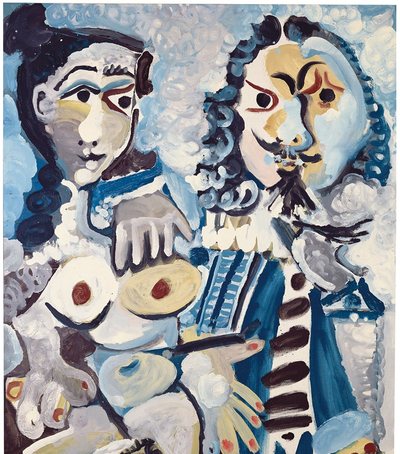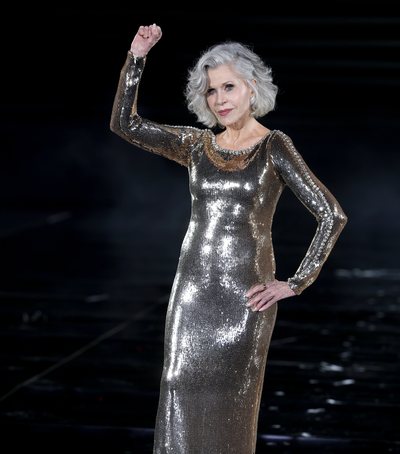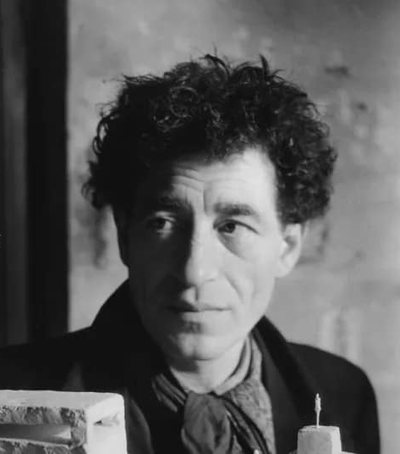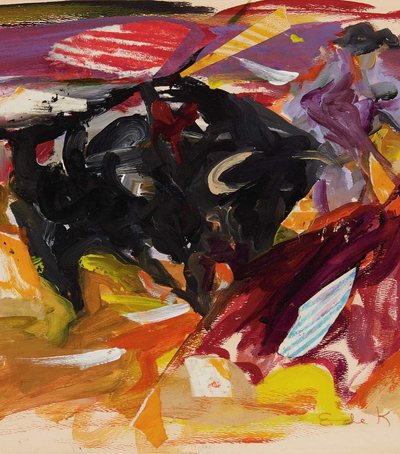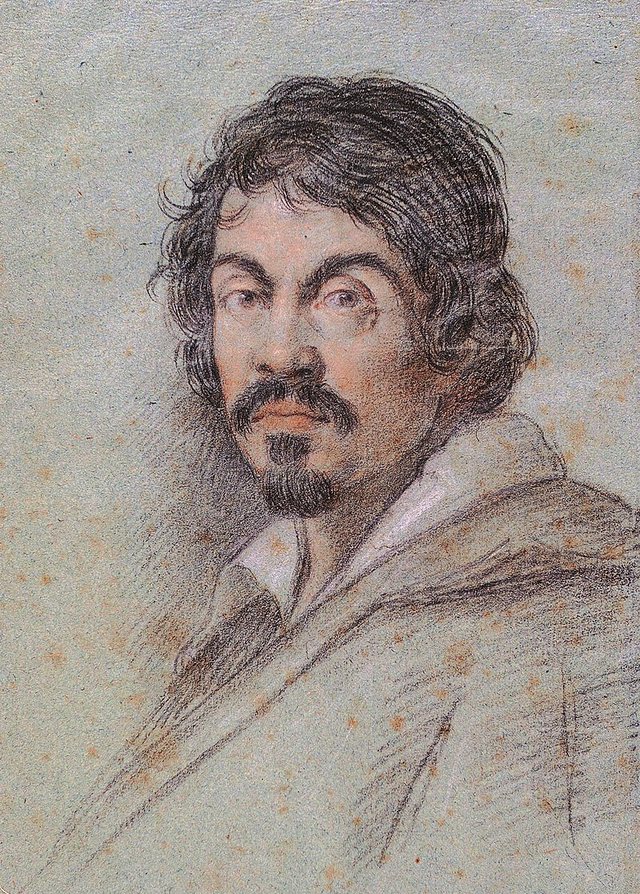
When light becomes an artistic language
Light has always been one of the most powerful elements of art. It is not simply a means of illumination, but a way to create emotion, depth, and symbolism. From Baroque paintings to modern installations, light has been the bridge connecting reality to aesthetic experience – an invisible art form that gives life meaning and drama.
Caravaggio and the birth of dramatic contrast
In the 17th century, the Italian master Caravaggio revolutionized the way light was used in painting. He made lighting the main protagonist of the scene, creating strong contrasts between light and dark – a technique that came to be known as chiaroscuro. Light, in his works, was no longer neutral: it illuminated the truth, revealed the soul, and exposed the conflict between good and evil. For the first time, light took on a moral and psychological dimension.
From Rembrandt to the Impressionists
After Caravaggio, light remained the center of artistic inquiry for centuries. Rembrandt used it to express sensitivity and interiority, giving his portraits an intimate depth. Meanwhile, the Impressionists, such as Monet or Renoir, transformed light into the main theme of painting – not as a symbol, but as an experience. They sought to capture the fleeting moment of light in nature, showing that beauty is not static, but temporary, like a ray moving on water.
The art of light in the modern era
In the 20th century, light became an artistic material in its own right. Art no longer tried to paint light – it used it as a substance itself. Installations by artists such as Dan Flavin, James Turrell or Olafur Eliasson transformed spaces into sensory experiences, where light creates emotions and optical illusions. In these works, the viewer is no longer just a spectator, but part of the light itself.
Light as a sensation, not just as an image
In contemporary art, light is used to explore the relationship between perception and reality. Illumination, color, and shadow interact to create spaces that invite us to reflect on the sense of being, time, and movement. Light illuminates not only the object, but also the viewer – making them part of an emotional and spiritual experience.
An art that illuminates within us
From Caravaggio's dramatic light that reveals the human soul to installations that engage the body and mind, light art reminds us that beauty is not just in what we see, but also in how we feel it. Light, ultimately, is a timeless metaphor for knowledge, hope, and the human spirit seeking to emerge from darkness into meaning.
Image: https://en.wikipedia.org/wiki/Caravaggio#/media/File:Bild-Ottavio_Leoni,_Caravaggio.jpg


